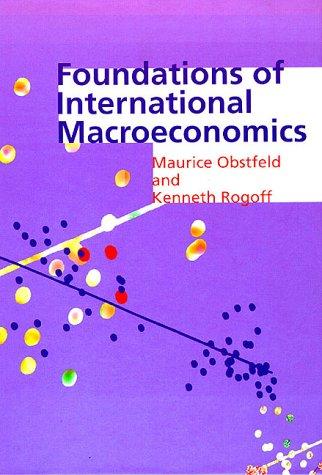4. Collateralizable second-period endowment. Take the small-country model with moral hazard in investment of section 6.4.1. Assume
Question:
4. Collateralizable second-period endowment. Take the small-country model with moral hazard in investment of section 6.4.1. Assume now that in addition to receiv- ing first-period endowment Y, each entrepreneur receives exogenous second-period endowment income E2. This income is in addition to any income received from the investment project or from secret lending abroad. Ez is fully observable and can be used either for second-period consumption or to help pay off loans.
(a) How does the introduction of collateralizable future income change the analysis? You need not make your answer self-contained; you can just show how the IC and ZP curves are modified, and why.
(b) Suppose now that there is only first-period endowment, but that in the second period, the government must pay off a per capita debt D. It finances the debt by placing a second-period tax of r on successful entrepreneurs. (Obviously, unsuccess- ful entrepreneurs cannot be made to pay any tax in the second period, as they have no observable income.) Show how the overhang of government debt reduces investment.
Step by Step Answer:

Foundations Of International Macroeconomics
ISBN: 9780262150477
1st Edition
Authors: Maurice Obstfeld, Kenneth S. Rogoff






